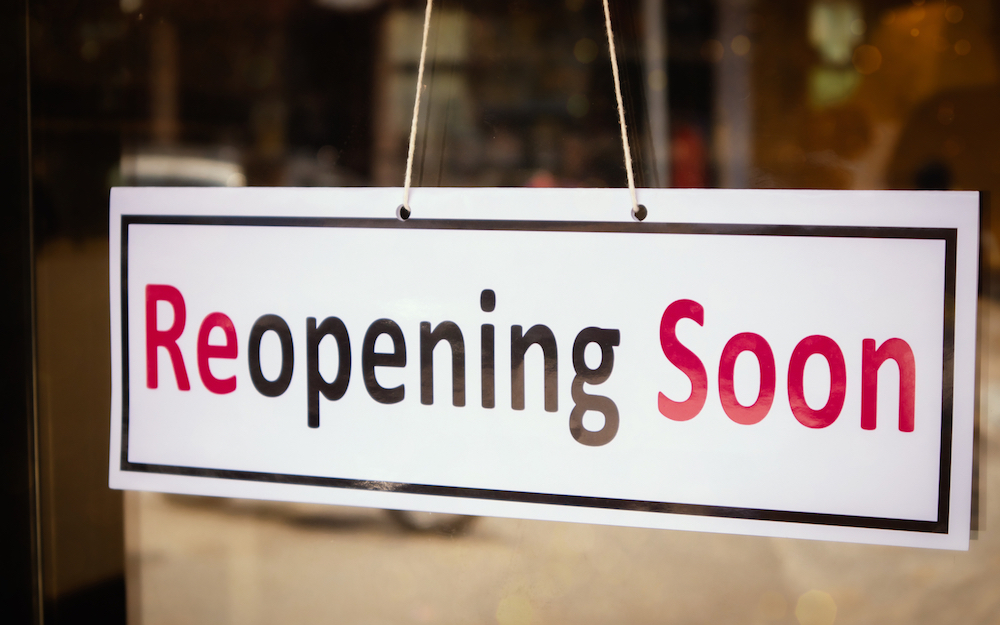
WaterSafe is advising owners, landlords and managers of buildings which have been empty or under-occupied during lockdown to risk assess their drinking water system as they reopen for business.
Prolonged inactivity can lead to poor water quality and the growth of bacteria, such as legionella, which can be harmful to health when taps get turned on again.
The UK register of approved plumbers, which was set up by UK water companies, is encouraging everyone responsible for offices, shops, cafes, restaurants and public buildings such as community centres, leisure centres, libraries and museums to follow guidance to help protect their drinking water and the health of employees.
This includes advice to ‘flush’ the water system with fresh water to replace all water inside the building’s pipework and appliances.
The guidance, developed by the water industry, highlights the need for a proper plan to recommission water systems before turning the taps back on and welcoming employees and the public back into buildings.
Julie Spinks, director of WaterSafe, said: “As UK businesses and public buildings get ready to reopen their doors, it’s important to consider how stagnant water can be harmful if ignored.
“Given the understandable focus on Covid-19 precautions, we’re reminding building owners, managers and landlords that it is the legal duty of those in control of premises to reduce the risks of exposure to legionella bacteria and to make sure their water supplies are safe.
“That’s why we’re advising anyone responsible for a building and its users to follow the water industry guidance to make sure their water systems are healthy and ready for use before reopening.”
The following simple steps will help make sure water is fresh and safe:
- Run all taps individually, starting with the tap nearest to where the water enters the building and move systematically to the most distant outlet. Run until the water is clear and feels cool to the touch.
- Where water is stored, storage cisterns should be emptied and filled with water direct from the incoming supply, before flushing the taps.
- Flushing should be carried out in a way which minimises aerosols (water droplets in the air) e.g. by removing showerheads prior to flushing. This reduces the risks of Legionella transmission.
- Safety considerations should be given to those doing the flushing, including wearing appropriate PPE.
- Ensure all appliances are thoroughly flushed through before use, using manufacturer’s instruction manuals e.g. dishwashers, water fountains.
- If the property has internal filters or water softeners, these should be checked to ensure they are working correctly, as outlined in the manufacturer’s instruction manual.
- Testing of water systems is easy to organise.
Larger buildings, with storage tanks, showers and more complex pipework, are likely to require more extensive flushing followed by cleaning and disinfection.
Anyone with a complex plumbing system should have a competent person oversee the work.
The guidance advises employing approved plumbers registered with WaterSafe to make changes or repairs. This is because they have specific training in the Water Supply (Water Fittings) Regulations and Scottish Byelaws, to make sure they meet the strict legal requirements for installing water pipes and fittings.
Find out more and read the guidance in full here: watersafe.org.uk/reopeningbuildings.
For further advice on managing risks associated with Legionella visit: hse.gov.uk/coronavirus/legionella-risks-during-coronavirus-outbreak.htm
To find a qualified, approved plumber visit watersafe.org.uk.
